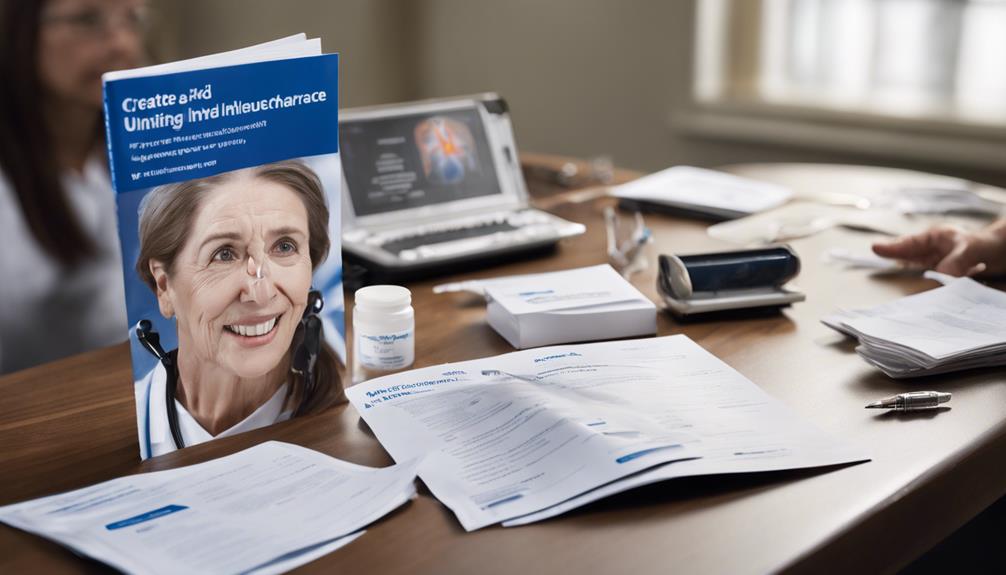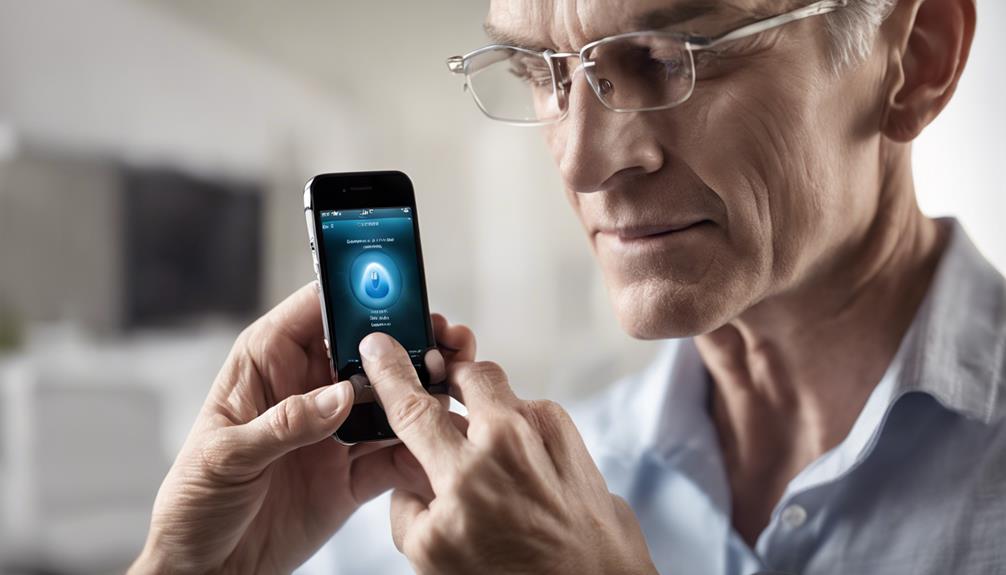When traveling internationally with hearing aids, guarantee your devices and chargers support dual voltage (usually 100-240V) to work safely in different countries. Use travel adapters if needed, and check that rechargeable chargers are compatible with the local power standards. Non-rechargeable batteries typically aren’t affected by voltage differences, but it’s good to verify device specifications. For more tips on keeping your hearing aids safe and functioning worldwide, continue exploring how to prepare for your trip.
Key Takeaways
- Confirm that your hearing aid batteries are compatible with local voltage standards and device chargers support dual voltage (100-240V).
- Use travel adapters or voltage converters if your chargers are not compatible with the destination’s electricity standards.
- Carry spare batteries and portable chargers in original packaging, ensuring they meet airline safety regulations for international travel.
- Keep batteries and chargers easily accessible for security screening and carry proof of hearing aid and battery ownership if needed.
- Store batteries safely away from extreme temperatures and avoid exposing them to moisture during transit.

Traveling internationally with hearing aids can be a smooth experience if you prepare properly. One essential aspect to consider is the power source—specifically, how your hearing aid batteries will perform across different voltage standards and whether they comply with airline regulations. Ensuring battery safety is fundamental, especially since airlines have strict rules about carrying batteries onboard. Before you travel, check the type of batteries your hearing aids use—most commonly zinc-air or rechargeable lithium-ion—and understand the airline’s policies regarding their transport. Typically, rechargeable batteries are permitted in carry-on luggage only, and there are limits on the number and capacity of spare batteries you can bring. It’s best to carry spare batteries in their original packaging to prevent accidental activation or short circuits, and to keep them easily accessible for security screening. Additionally, verifying the voltage compatibility of your devices ensures they will function correctly in different countries. Voltage compatibility is another key factor. Different countries may have varying electrical standards, but since hearing aids operate on low-voltage batteries, the primary concern isn’t power outlets but rather ensuring your devices function correctly in new environments. If you’re using rechargeable hearing aids, check whether your charger is compatible with the voltage standards of your destination. Many chargers are designed to handle dual voltage (100-240V), but if yours isn’t, you’ll need a travel adapter or voltage converter. Failing to verify this can lead to device malfunction or damage. For non-rechargeable batteries, voltage differences generally don’t impact performance, but it’s still wise to carry spare batteries suited for the local standards if necessary. Another tip is to carry a backup plan. Bring extra batteries and a portable charger if your hearing aids support rechargeable options. This way, if you encounter compatibility issues or your batteries run out unexpectedly, you’re prepared. Always store batteries in a safe, dry place, and avoid exposing them to extreme temperatures. Some airlines may require you to declare batteries at check-in or security, so familiarize yourself with airline-specific regulations beforehand. It’s also advisable to carry documentation or proof of your hearing aids and batteries, especially if they contain lithium-ion cells, to facilitate smooth security checks.
Frequently Asked Questions
Can I Use My Hearing Aids With International Bluetooth Devices?
You can generally use your hearing aids with international Bluetooth devices if they support Bluetooth connectivity. However, check your hearing aids’ compatibility and verify the devices meet your needs. Also, consider voltage compatibility for charging or power sources abroad. Using a voltage converter or adapter might be necessary. Confirm these details before traveling to avoid issues with connectivity or power, so you stay connected and comfortable wherever you go.
Are There Specific Travel Accessories Recommended for Hearing Aids?
Travel accessories for hearing aids are your safety net, like a trusted compass on a new journey. You’ll want travel adapters to match power outlets and guarantee your devices stay charged. Carry extra hearing aid batteries, so you’re never left in silence. Consider a portable charger or Bluetooth streamer for seamless connectivity. These essentials help you stay connected and comfortable, turning international adventures into a smooth, enjoyable experience.
How Do I Handle Hearing Aid Maintenance During Long Trips?
During long trips, you should prioritize hearing aid maintenance by carrying extra batteries for quick replacements and maintaining clean routines. Regularly check and replace batteries to guarantee they don’t die unexpectedly. Clean your hearing aids gently with a soft cloth or brush to avoid buildup, which can affect performance. Bringing a small cleaning kit and spare batteries helps you stay prepared, so your hearing aids function smoothly throughout your journey.
What Should I Do if My Hearing Aids Get Damaged Abroad?
Did you know that 1 in 4 travelers experience equipment issues abroad? If your hearing aids get damaged, stay calm. You should contact your travel insurance immediately for coverage details. Seek an emergency repair service locally or at your destination. Keep a backup pair or spare batteries handy. Being prepared helps guarantee your trip remains enjoyable, even if unexpected problems arise with your hearing aids.
Are There Apps to Help Manage Hearing Aids Internationally?
You’re wondering if there are apps to help manage hearing aids internationally. Yes, many hearing aid brands offer companion apps that let you adjust settings, check battery life, and troubleshoot issues. Make sure to carry extra hearing aid batteries and consider travel insurance that covers repairs or replacements. These apps and preparations help you stay connected and comfortable, no matter where you travel.
Conclusion
Traveling with hearing aids is like exploring a new city—you’ll encounter different voltage and compatibility signals. But with a little prep, you can confidently explore without missing a beat. Always check your devices and carry necessary adapters, turning potential obstacles into stepping stones. Think of your hearing aids as your trusty map—guiding you smoothly through international terrain. Stay prepared, stay connected, and let your journey be filled with clear, uninterrupted sound.











